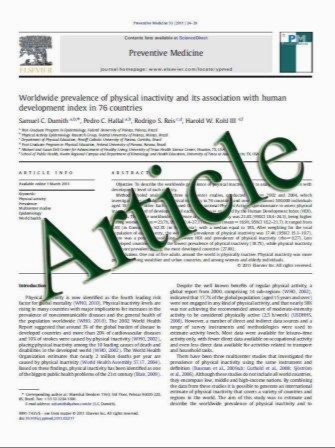Obese patients in an open MRI at 1.0 Tesla: image quality, diagnostic impact and feasibility
- نوع فایل : کتاب
- زبان : انگلیسی
- مؤلف : Maximilian de Bucourt & Florian Streitparth & Uta Wonneberger & Jens Rump & Ulf Teichgrنber
- چاپ و سال / کشور: 2010
Description
Objective To investigate the performance of an open MRI system at its conceptual limits by examining excessively obese patients who otherwise could not receive adequate imaging examinations. Methods Twenty-six excessively obese patients (BMI.35, average age 46) where CT, standard MR or ultrasound examinations were not possible or not conclusive were referred to an open MRI system at 1.0 Tesla. Image quality was measured by SNR and CNR with the integrated body coil for obese patients and optimal body coils for a regular weight control group (average BMI 23, average age 30). MRI findings were evaluated by a diagnostic impact matrix. Results SNR and CNR were generally lower in obese patients when the integrated body coil was used compared to the normal weight group with ideal body coils e.g.: For cerebral imaging T2W TSE (<5% for white matter, ca. 30% for grey matter) and T1W SE (ca. 15%for whitematter, <5% for grey matter), for spinal imaging T2W TSE (ca. 35% for disc and vertebral body) and T1W SE (about 2% for disc, ca. 10% for vertebral body). Relevant new diagnoses impacting patientپfs therapy were identified in 30% (8/26), the particular medical question of the referring physician could be ruled out as possible reason for the medical condition in 53% (14/26). Conclusion In excessively obese patients where CT, standard MR or ultrasound examination is not possible or not conlusive open MRI system have great potential in diagnostic evaluation, offering lower but sufficient image quality to impact therapy.
Eur Radiol (2011) 21:1004–1015 DOI 10.1007/s00330-010-2005-2 Received: 25 April 2010 / Revised: 4 October 2010 / Accepted: 7 October 2010 / Published online: 3 December 2010


